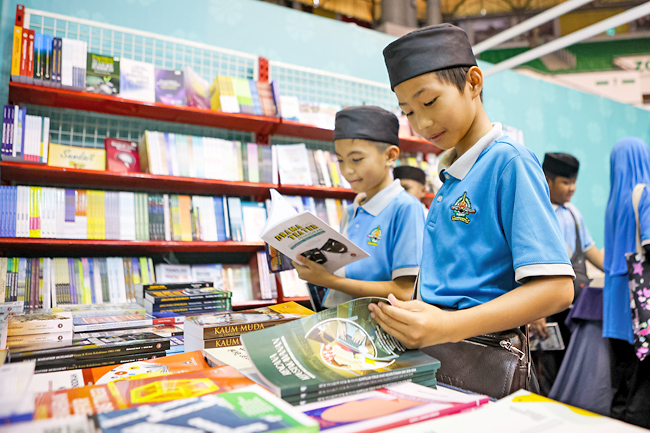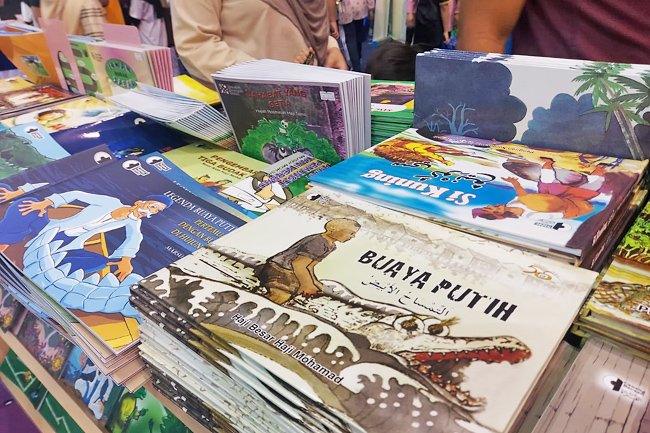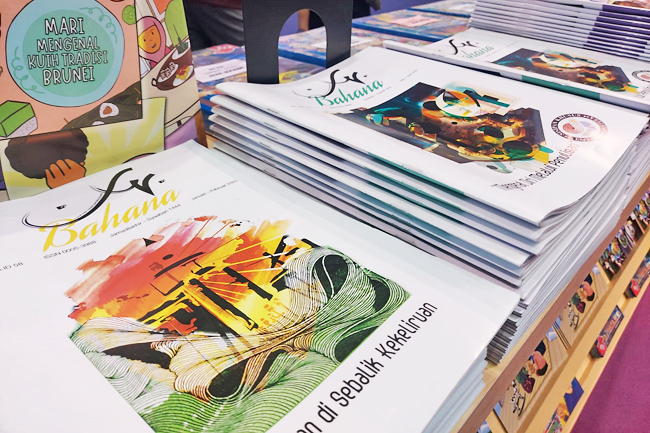The soul of a culture often resides in its tales and folklore, offering a glimpse into the lives and spirit of the people from whom these legends arise.
Brunei Darussalam’s own folklore is as unique as it is rich, woven into the history of the Sultanate and deeply rooted in the traditions of its seven recognised tribes.
From the mysterious white crocodile of Tasek Merimbun to the epic exploits of Sultan Bolkiah, Brunei’s legends capture a world of heroism, mystery, and wonder.
Yet, as time marches on, there’s an ever-present risk that these stories may fade, slipping quietly into the sands of time.
To protect these cultural treasures, Brunei’s Language and Literature Bureau (DBP) has been launching initiatives to preserve Brunei’s folklore.
Traditionally passed down through oral tradition, these stories are now documented to ensure that Bruneians of all generations remain connected to the timeless tales that define Brunei’s cultural heritage.



Speaking to the Bulletin, Head of the Book Planning Department at DBP Pengiran Hajah Rosenani binti Pengiran Haji Halus, shared that the bureau is dedicated to ensuring that Brunei’s folktales remain accessible to diverse communities, reaching new generations within Brunei and beyond.
“We have been active in publishing and collecting stories from across the nation, releasing them in magazines such as Mekar, Juara Pelajar, Bahana and Jurnal Pangsura,” she explained.
These publications, she added, not only preserve folklore but also provide spaces for discussion on the relevance of these stories, making them available as additional reading material for young readers and as educational resources in schools.
Furthermore, in collaboration with Universiti Brunei Darussalam’s Language Centre, DBP has published three pivotal books – Nakhoda Manis, Asal Usul Sungai Siamas, and Kisah Pulau Si Labi-Labi – with translations into various languages and dialects to broaden accessibility.
Despite these efforts however, one of the main challenges DBP faces in preserving traditional folklore lies in the limited number of storytellers and folklore experts able to share authentic tales, according to Pengiran Hajah Rosenani.
“Many traditional narrators are aging, and there is also a lack of researchers dedicated to the study of folklore,” she added.
To counter this, DBP has partnered with government agencies, universities, non-governmental organisations (NGOs), and local communities, creating a collaborative network committed to the ongoing collection and dissemination of Brunei’s cultural narratives.
This approach brings multiple perspectives to the preservation process, ensuring a diverse range of voices and insights contribute to the archiving of Bruneian folklore. To foster continued storytelling, DBP organised a series of folklore writing workshops.
One workshop in October 2019 and another in March 2021 were instrumental in helping participants write and publish Pancuran Limpanas Si Burung Murai, authored by Sarrah ‘Aina Rahman, which won the Bestselling Children’s Book award in 2023. Another workshop held in July 2021 brought to life Orang Kabilangan Kitani, a collaborative book produced by five groups of participants and officially launched at the 2024 Brunei Book Fair.
“During the workshops, writers from across the Sultanate, spanning various ages, learned more than just writing skills. They visited locations like markets, where they met with elderly individuals who held these valuable stories.
“They were also taught how to engage meaningfully, conduct interviews, and ask the right questions, ensuring they made the most of their time and gathered as much information as possible.”
Alongside the workshops, participants created an animated video called Bang Bulan, blending visual storytelling with traditional themes to capture young imaginations.
The DBP has also held competitions to inspire young writers. In 2021, the Seven Tribes Folklore Writing Competition resulted in 44 manuscripts, five of which have since been published.
“DBP is also currently developing an interactive book, offering a more dynamic and engaging way to experience these stories,” she continued adding that the bureau also plans to expand into digital formats that appeal to a tech-savvy audience.
“We must continue sharing our country’s stories and folklore with our children, as these tales are an important part of our heritage. This responsibility doesn’t rest solely on us as storytellers but also extends to parents and schools.
“The beauty of our local legends and folklore lies in the timeless lessons they offer. Through these tales, we pass down values and wisdom that help shape a strong sense of identity in our younger generations.” – Wardi Wasil




